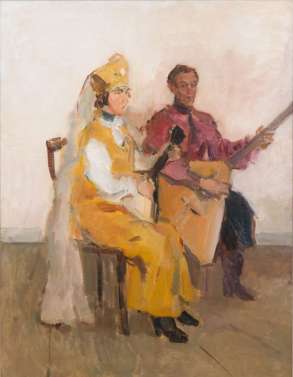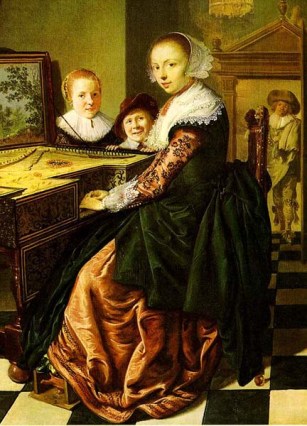An 18th-century term for a note having the quality of an appoggiatura. It usually refers to the appoggiatura that constitutes the first note of the tremblement or cadence.
Monthly Archives: June 2014
balalaika [Russ.]
A long-necked lute of Russia with three strings, a fretted neck, and a flat-backed triangular body. It has been popular in accompaniment for song and dance since the 18th century, when it replaced its antecedent the dömbra. Since the 19th century it has been built in six different sizes that are played together in balalaika orchestras.
The Ossipov Balalaika Orchestra: http://www.youtube.com/watch?v=E6xp454vhBM
galanterie [Fr.]
A short, modish piece for harpsichord or other intimate medium, including chamber ensemble, especially in early 18th-century Germany. It implies French refinement and expressiveness devoid of heavy-handed effects. The term characterized the movements of Bach’s harpsichord partitas in their original title: Clavier-Übung bestehend in Präludien, Allemanden, und anderen Galanterien (1731). Some writers restrict the term to suite movements other than allemandes, courantes, sarabandes, and gigues, especially those with descriptive rather than dance titles (e.g., badinage).

